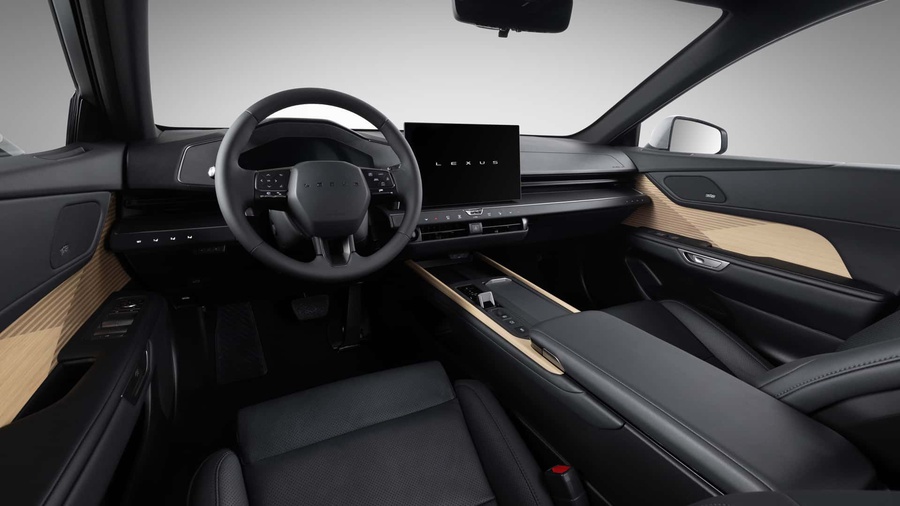The exterior of the new Lexus ES features motifs from the LF-ZC concept, although they are muted and designed in a more sedan-like style. At the front, there's a two-tiered design with swept-back DCDs at the top and hidden main headlights below.
Hybrid and electric versions look almost identical, with the exception of an additional air intake grille in hybrids that visually connects the headlights.
Dimensions of the new ES have noticeably increased:
- Length has increased by 16.5 cm to 5.14 metres
- Wheelbase is 2.95 metres
The profile of the new ES has become visually taller, and to compensate for this, the designers have added a glossy black insert running through both doors. At the rear, the model now resembles a fastback with a short boot lid.
The model is built on a modernised version of the TNGA GA-K platform, the stiffness of which has been significantly increased. According to Lexus, this has made the car's behaviour more responsive and dynamic.
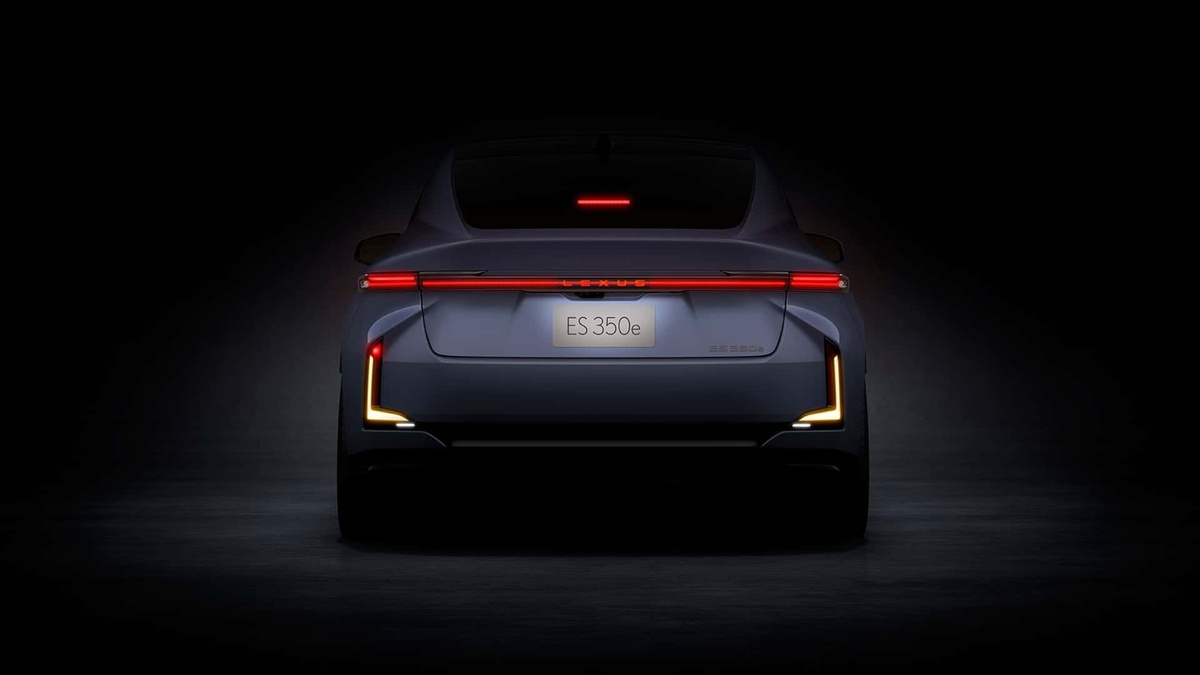
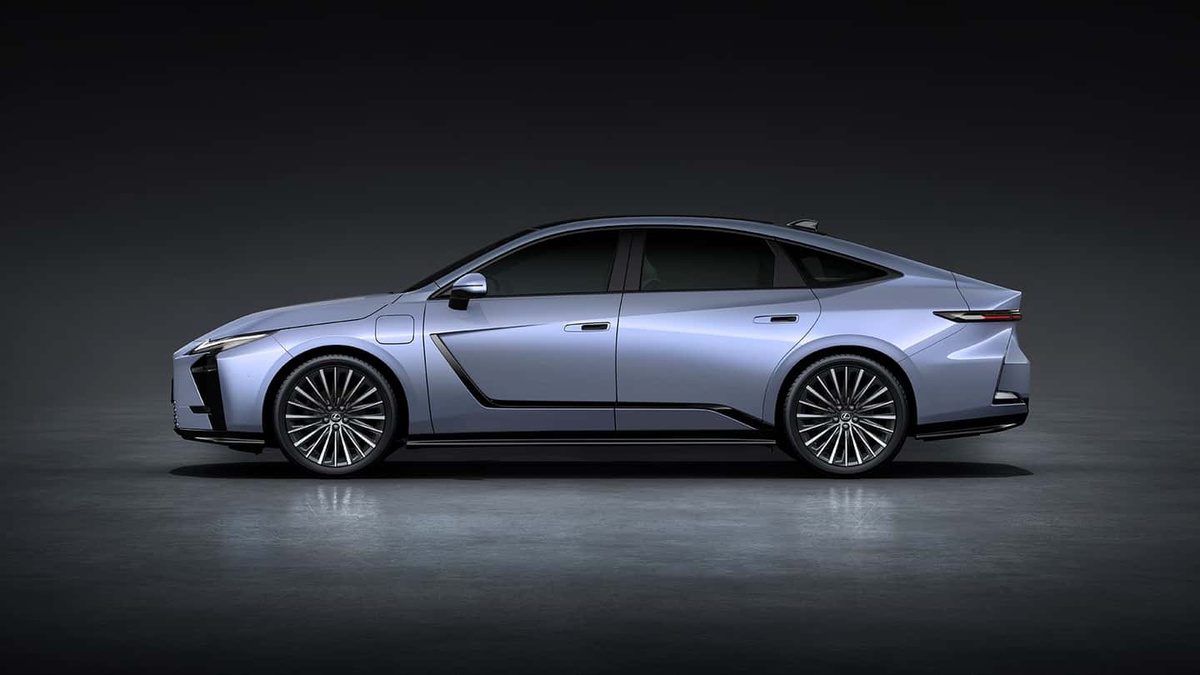
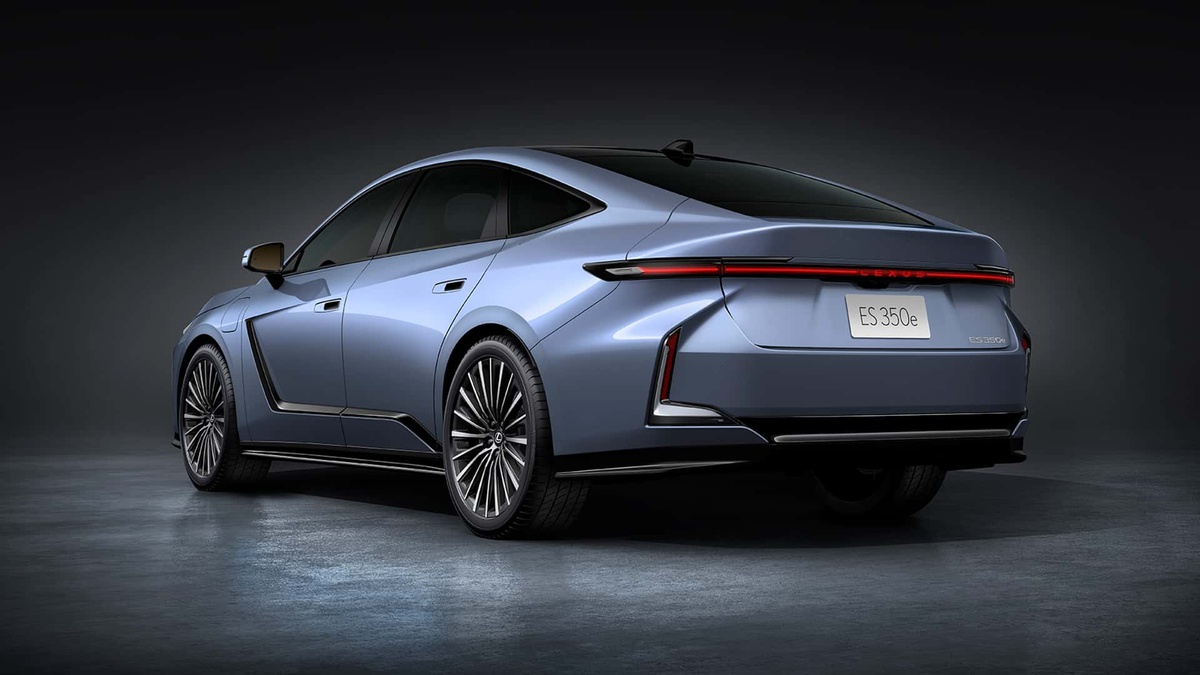
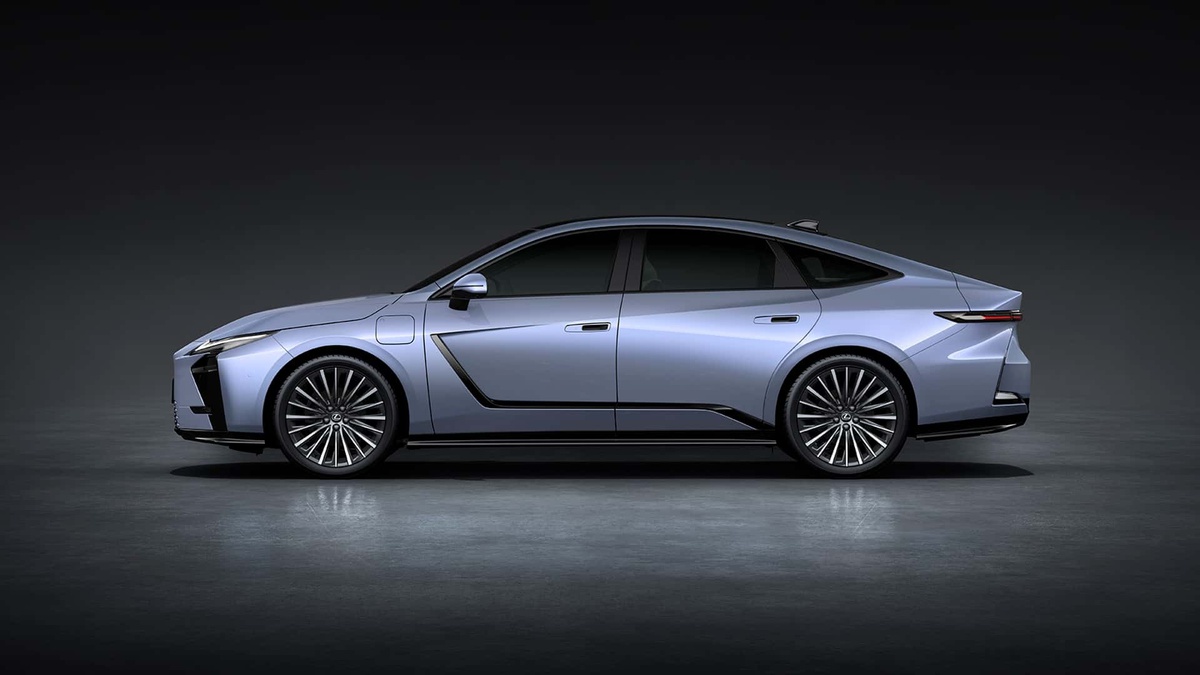
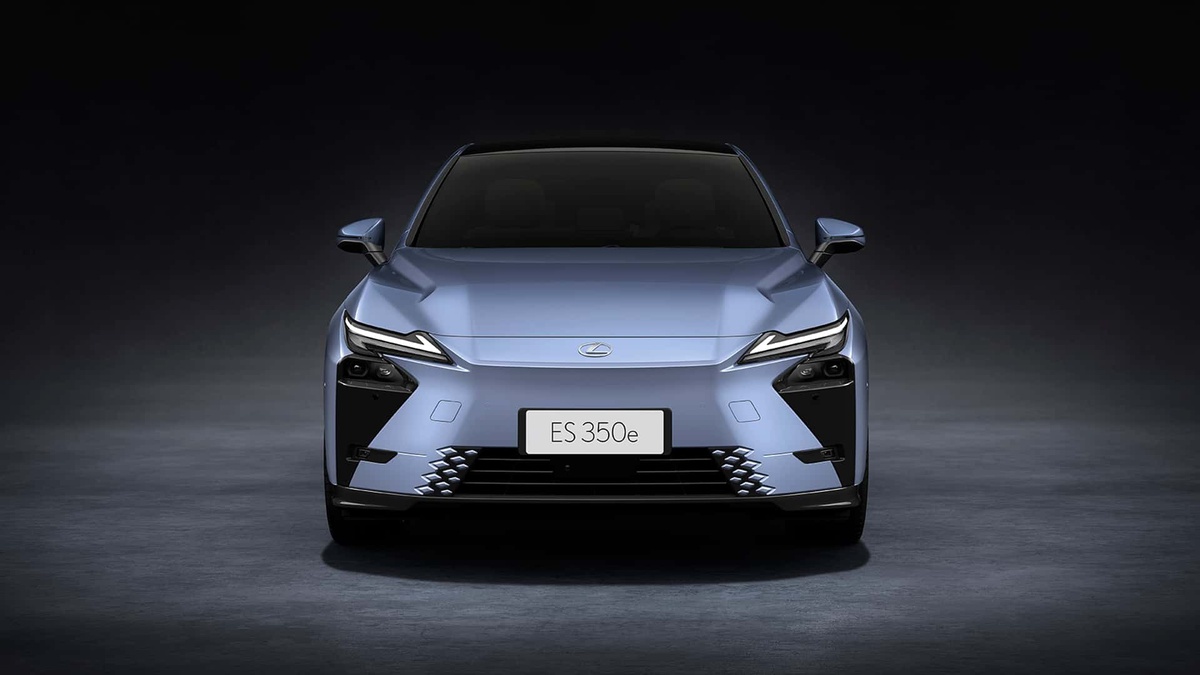
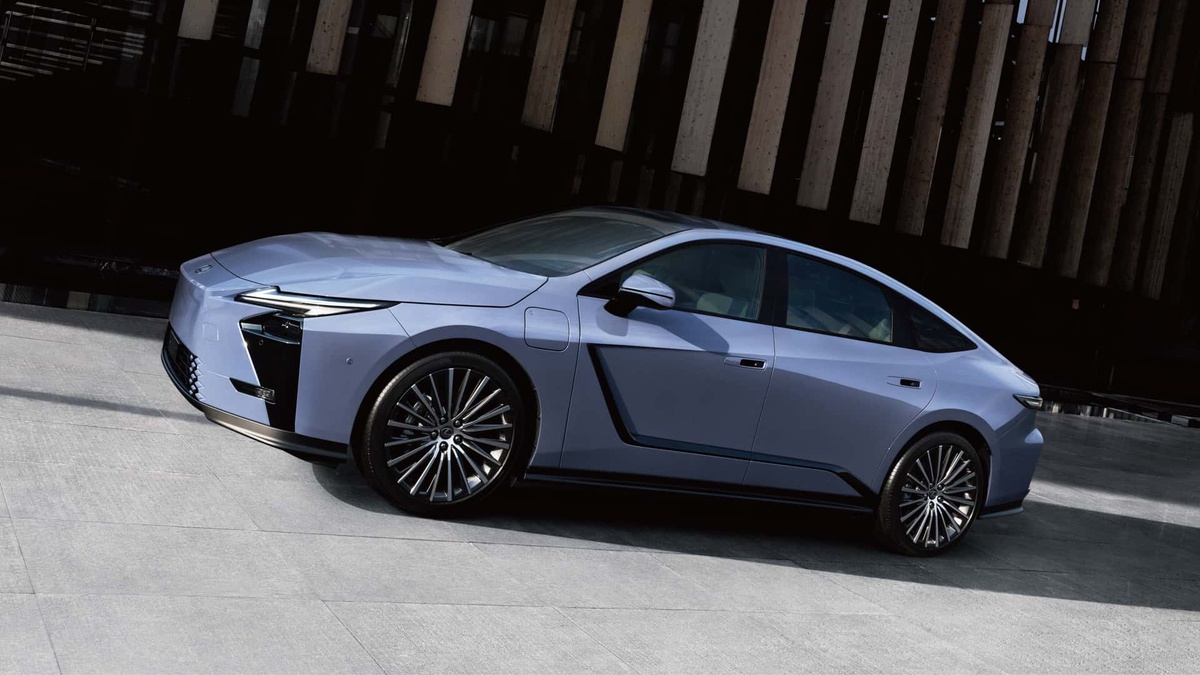
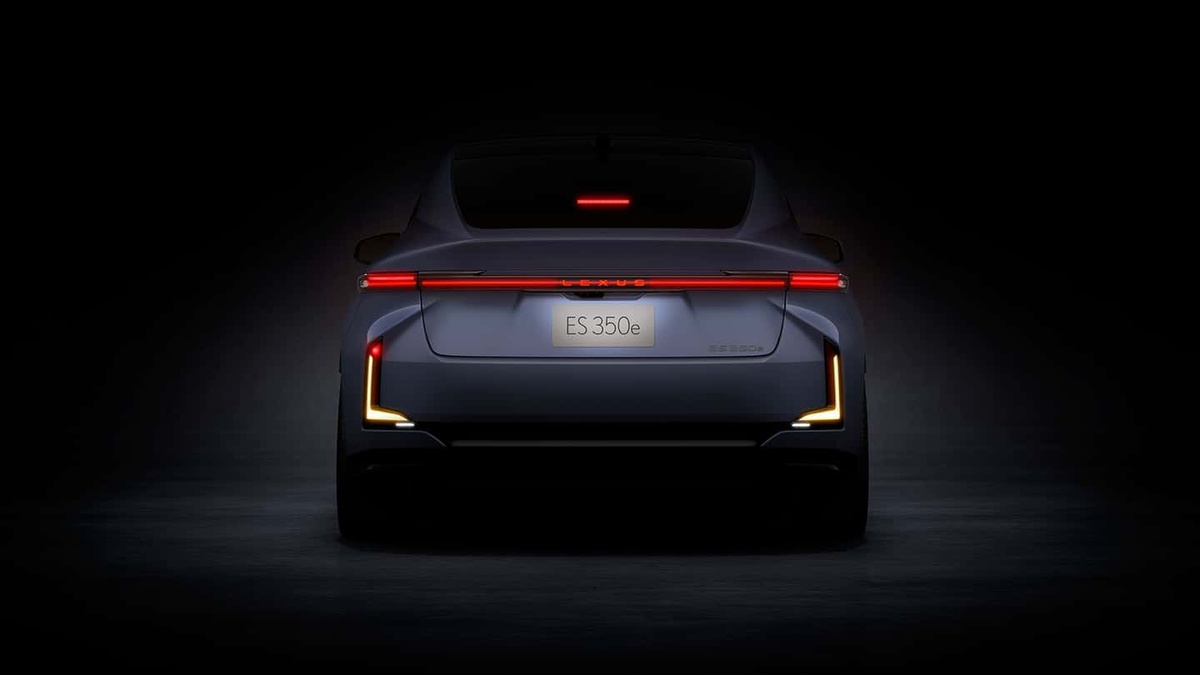
Lexus ES 2026
The interior is as minimalist as possible. The Lexus logo has disappeared from the steering wheel and dashboard - instead it is now inscribed "LEXUS". In front of the driver - 12.3-inch digital panel, multimedia - on a 14-inch screen in the centre. Another such screen is optionally available for the front passenger.
Electric versions:
ES 350e.
- One electric motor with 221bhp.
- front-wheel drive
- Acceleration 0 - 100 km/h in 8.9 seconds.
ES 500e
- Two electric motors with 338 hp.
- all-wheel drive
- Acceleration 0 - 100 km/h in 5.9 seconds.
The front-wheel drive version has a maximum range of 610 kilometres on the Chinese CLTC cycle.
Hybrid versions:
ES 350h
- Engine 2.5 litres + electric motor
- Total power - 244 hp.
- Acceleration 0-100 km/h in 7.8 seconds
All-wheel drive optional
ES 300h
- Engine 2.0 litre + electric motor
- Total power 194 hp.
- Acceleration 0-100 km/h in 9.4 seconds
The new Lexus ES will be available in Europe and the US in mid-2026.
.jpg)
